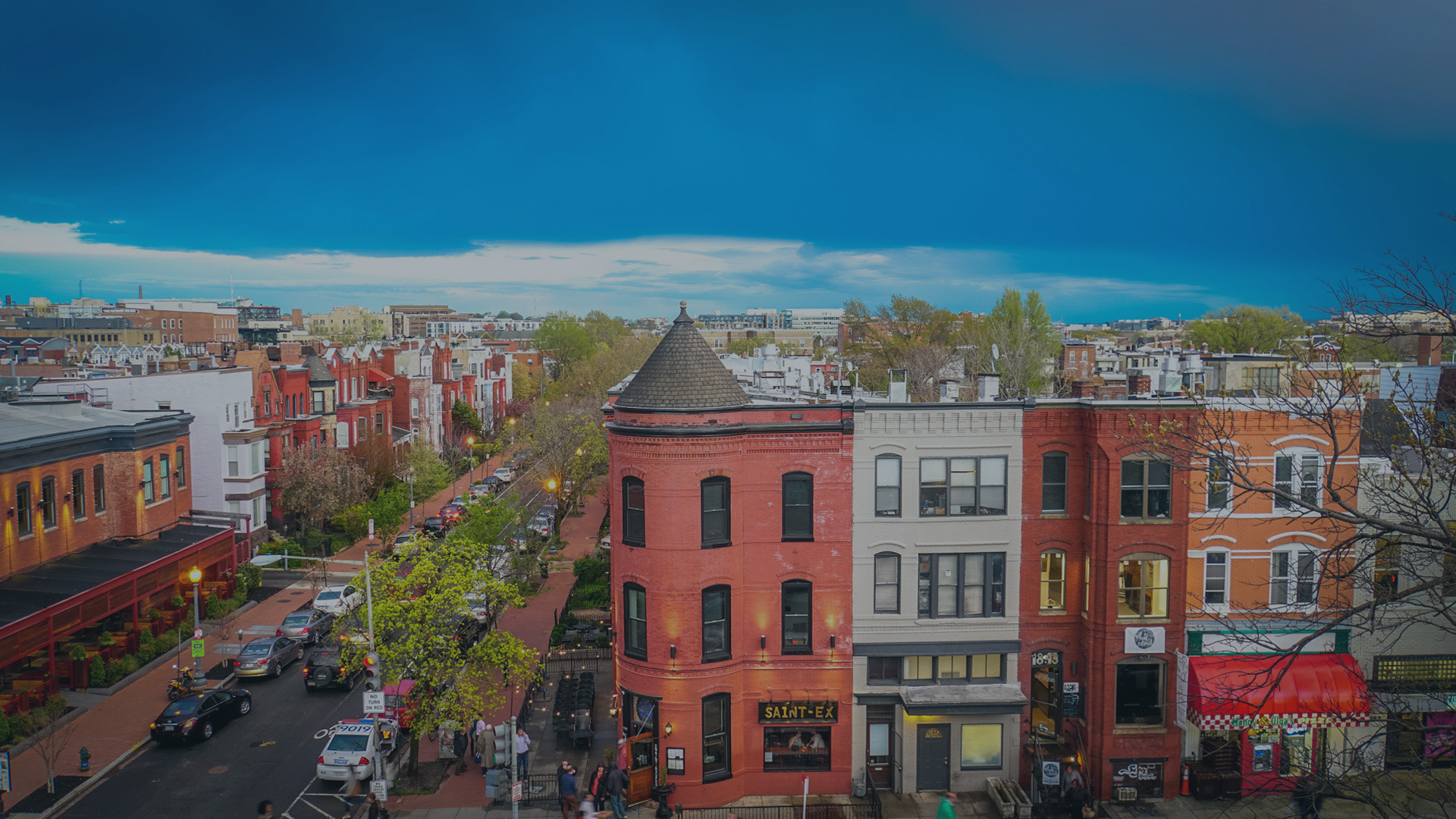On April 4, WAMU’s Martin Di Caro interviewed D.C. Policy Center Fellow D.W. Rowlands on whether a $2 flat fare can save Metro:
Metro is most often compared to the New York subway system, which charges a flat fare of $2.75, but the nation’s busiest system handles six million daily trips – about 10 times as many as Metrorail.
The vastly different number of riders isn’t the only reason comparisons of Metro with legacy subways like New York’s or Boston’s are flawed, according to [D.W.] Rowlands, a fellow at the D.C. Policy Center who recently published an analysis of fares at Metro, MARC, and VRE.
“These systems are fundamentally different from Metro because they all exist in cities that have commuter rail networks… that are significantly older and more frequent than MARC and VRE,” Rowlands said.
Metro is really a hybrid: part commuter rail transporting suburbanites long distances into the urban core primarily during rush hour, part urban subway providing lots of short trips at all hours of the day. Therefore, it makes sense to charge fares based on time of day and distance, Rowlands said.
“Comparing riders per system isn’t entirely fair when New York is a much larger system than Metro. If you instead look at riders per mile of track or route, you will find that Metro is not [second in ridership]. We are No. 5,” Rowlands said.
Continue reading and listen to the audio segment a WAMU.org.
